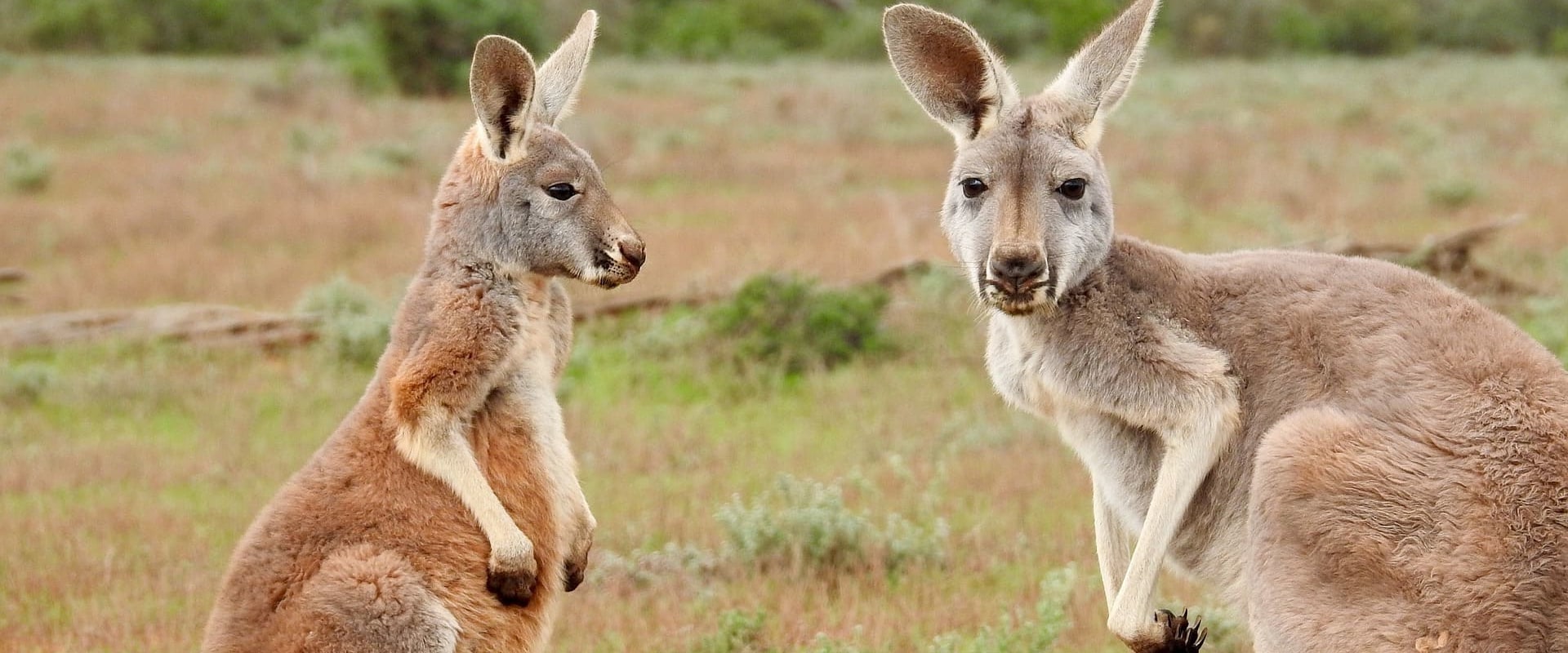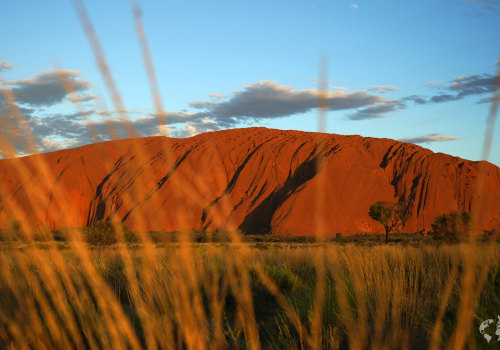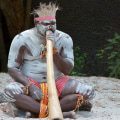Kangaroos are one of the most iconic and beloved animals in Australia. These unique creatures have captured the hearts and curiosity of people all over the world, with their fascinating characteristics and behaviors. From their powerful hind legs to their adorable joeys, there is so much to learn and discover about these marsupials. If you're planning a trip to Australia or simply have an interest in wildlife, this article is perfect for you. We will delve into the world of kangaroos, exploring their physical features, habitats, and behaviors.
By the end, you'll have all the knowledge you need to truly appreciate and understand these amazing creatures. Join us on a journey through the unique world of Australian wildlife, as we encounter one of its most fascinating inhabitants - the kangaroo.Kangaroos are one of the most iconic animals in Australia, known for their distinctive hopping and pouches. But there is so much more to these fascinating creatures than meets the eye. In this article, we will delve into the world of kangaroos, from their physical characteristics to their behavior and conservation efforts. Get ready to discover the unique world of kangaroos!Firstly, let's take a look at the physical features of kangaroos.
They belong to the family Macropodidae, which means 'big foot'. As their name suggests, kangaroos have large hind feet that are adapted for hopping. They also have powerful hind legs and a strong tail that helps them balance while hopping. Their front legs are small and used for grooming and holding onto food. Kangaroos have a thick, furry coat that can range from grey to brown in color.
Their most distinctive feature is their pouch, which is used to carry and protect their young. This pouch is located on the female kangaroo's abdomen and is used to nurture and protect their young joeys. The pouch is lined with fur and has a strong muscle that acts as a zipper to keep the joey safe inside. One interesting fact about kangaroos is that they are the largest marsupials in the world, with some species reaching heights of over 6 feet and weighing up to 200 pounds. They are also one of the few animals that can move by hopping, which allows them to cover long distances quickly and efficiently. In addition to their unique physical features, kangaroos also have interesting behaviors.
They are social animals and live in groups called mobs or troops. These groups can range from a few individuals to hundreds of kangaroos. Within these groups, there is a hierarchy with dominant males and females who have priority access to food and shelter. Kangaroos are also known for their boxing abilities, which they use to establish dominance within the group or to defend themselves against predators. Unfortunately, kangaroos face many threats to their survival, including habitat loss and fragmentation, competition for resources with livestock, and hunting.
Conservation efforts are in place to protect these unique animals, including the creation of wildlife corridors and protected areas. It is important for us to continue educating ourselves and others about kangaroos and their importance in the Australian ecosystem. In conclusion, kangaroos are fascinating creatures with unique physical features and behaviors. From their powerful hind legs to their protective pouches, they have adapted to thrive in their environment. However, they also face many challenges, and it is crucial that we work towards protecting these iconic animals for future generations to enjoy.
Conservation Efforts
Kangaroos are not only a beloved symbol of Australia, but also a vital part of its ecosystem.As such, conservation efforts are crucial in ensuring the survival of these unique animals. One of the main threats to kangaroos is habitat loss due to human development. To combat this, many conservation organizations are working to protect and preserve areas where kangaroos live. Another major threat to kangaroos is hunting.
While kangaroo hunting is legal in some parts of Australia, there are strict regulations in place to ensure sustainable numbers and ethical practices. Conservationists are also working to educate the public about the importance of responsible hunting and the impact it can have on kangaroo populations. In addition to these efforts, there are also programs in place to monitor and study kangaroo populations. This helps researchers better understand the needs and behaviors of kangaroos, allowing for more targeted conservation strategies.
One of the most important aspects of conservation efforts for kangaroos is raising awareness. By educating the public about the importance of these animals and their role in the ecosystem, we can foster a greater appreciation and understanding for kangaroos. This can lead to more support for conservation efforts and ultimately help ensure a future for these magnificent creatures.
Behavior and Habits
Kangaroos have adapted to survive in the harsh conditions of the Australian outback. Their behavior and habits are finely tuned to help them thrive in this unique environment.One of the key ways that kangaroos survive in the wild is through their incredible ability to conserve energy. Due to the limited resources in their habitat, kangaroos have developed a specialized way of moving - hopping. This allows them to cover large distances using minimal energy. In fact, kangaroos can travel at speeds of up to 40 miles per hour while hopping! In addition to their efficient mode of transportation, kangaroos also have a unique digestive system that helps them survive in arid conditions.
They are able to extract moisture from the vegetation they eat, reducing their need for water. This allows them to survive in areas where other animals may struggle. Another fascinating aspect of kangaroo behavior is their social structure. Kangaroos live in groups called mobs, which can range from just a few individuals to over 100.
Within these groups, there is a hierarchy based on age and size, with dominant males being in charge of protecting the group. When it comes to reproduction, kangaroos have also developed clever strategies to ensure their survival. Female kangaroos have the ability to delay the development of their embryo until they are in a more favorable environment, giving them a better chance of raising their young successfully. Kangaroos also have unique habits when it comes to dealing with predators.
They are known for their powerful hind legs and sharp claws, which they use for self-defense. When threatened, they will often stand on their hind legs and kick their attacker with their powerful feet. In conclusion, kangaroos have adapted to survive in the wild through their efficient movement, specialized digestive system, social structures, and reproductive strategies. These fascinating creatures are truly remarkable and a testament to the diversity of the animal kingdom in Australia.
The Different Types of Kangaroos
Kangaroos are undoubtedly one of the most unique and fascinating animals in the world.They are found exclusively in Australia and are a symbol of the country's diverse wildlife. But did you know that there are different types of kangaroos? These marsupials come in various shapes and sizes, each with its own distinct characteristics. The first type of kangaroo is the Red Kangaroo, which is the largest of all kangaroo species. These kangaroos can grow up to 6 feet tall and weigh up to 200 pounds.
Their fur is usually a reddish-brown color, hence their name. They are also known for their powerful hind legs, which allow them to hop at high speeds and cover long distances. The second type is the Eastern Grey Kangaroo, which is slightly smaller than the Red Kangaroo but still impressive in size. They can grow up to 5 feet tall and weigh up to 130 pounds.
These kangaroos have grey fur and are found mainly in the eastern part of Australia. They are known for their gentle nature and often live in large groups called mobs. The third type is the Western Grey Kangaroo, which is similar to the Eastern Grey Kangaroo but found in the western part of Australia. They have a lighter shade of grey fur and tend to live in smaller groups compared to their eastern counterparts.
The fourth type is the Agile Wallaby, which is much smaller than the previous three kangaroo species. They only grow up to 3 feet tall and weigh around 40 pounds. These wallabies are known for their agility and can jump up to 13 feet in one leap! The fifth type is the Tree Kangaroo, which is the only type of kangaroo that can climb trees. They have adapted to living in the rainforest and have longer and stronger front legs for climbing.
They also have a more rounded body compared to other kangaroos. As you can see, kangaroos come in various shapes and sizes, each with its own unique features. These are just a few of the many types of kangaroos found in Australia, showcasing the incredible diversity of this fascinating animal. Next time you encounter a kangaroo, remember that there is more to them than just their iconic hopping and pouches. In conclusion, kangaroos are truly unique animals that play a significant role in Australia's ecosystem.
From their physical adaptations to their behavior and conservation efforts, these creatures continue to fascinate and amaze us. We hope this article has helped you gain a better understanding of kangaroos and their importance in the wild.







